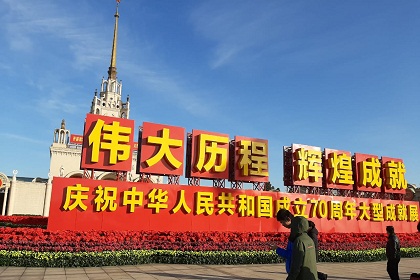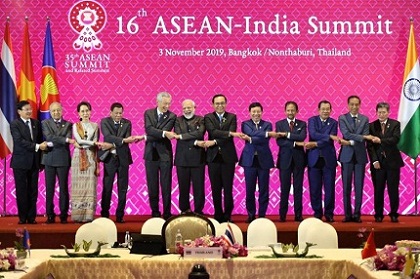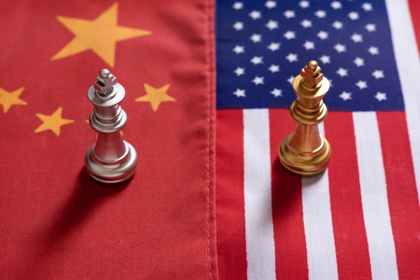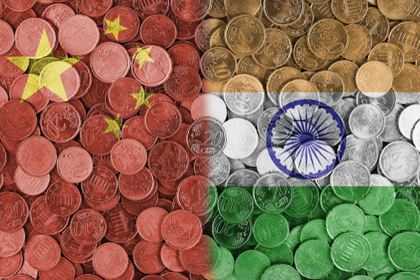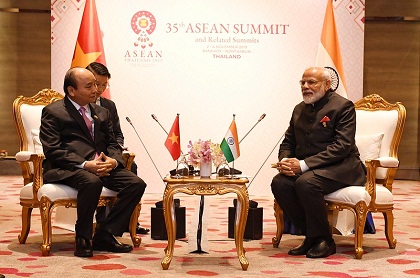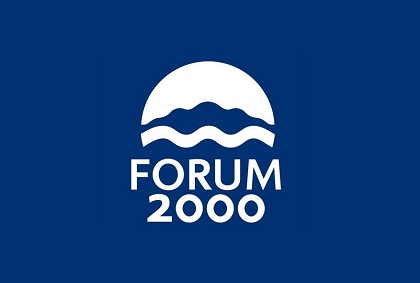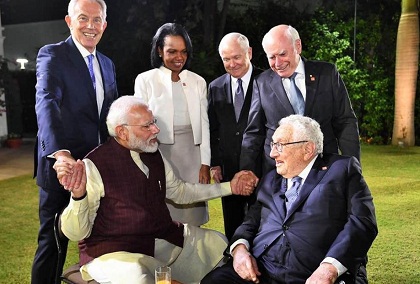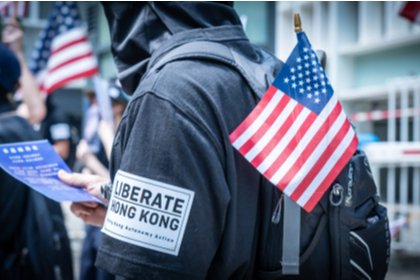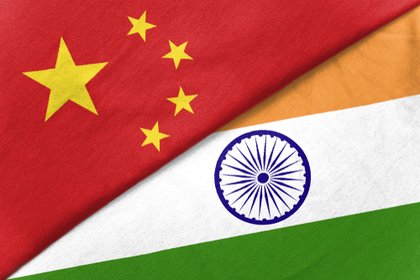China’s Three Concerns
Gateway House was part of a delegation of scholars that recently visited China and interacted with Chinese scholars and universities across Beijing, Chengdu and Kunming. It provided a better understanding of China’s perspectives and concerns on key geopolitical and geoeconomic issues

